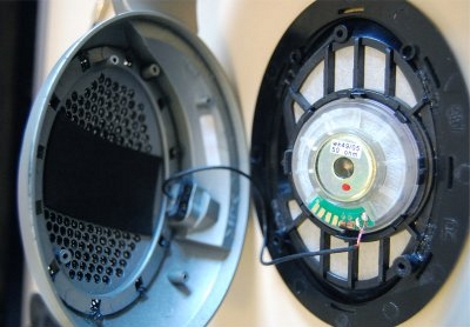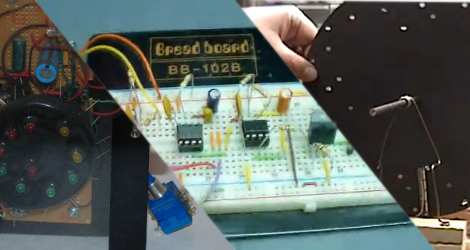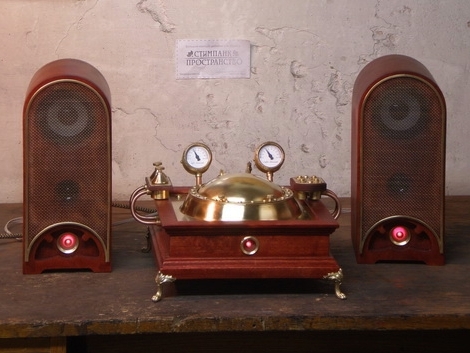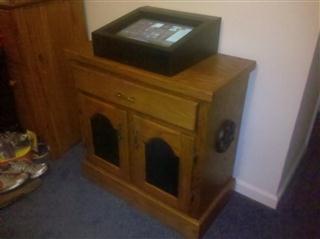
[Derek Enos’] toils are starting to yield results. He’s been working on an 8-bit synthesizer that is MIDI controlled which he calls the deMIDulator. As he demonstrates after the break, the device has sine and square wave functions that produce quite a pleasing sound. But it also offers the option to record your own samples which are then modified based on the MIDI commands coming in from your device of choice. In this case he’s using a Rock Band 3 keyboard (or keytar if you will) in a much more creative way than its originally intended purpose.
For now we’ll have to be content with the demo video and a list of features as there are no other details. But open sourcing the code and hardware information are on his to-do list. Continue reading “8-bit MIDI Synthesizer”
















